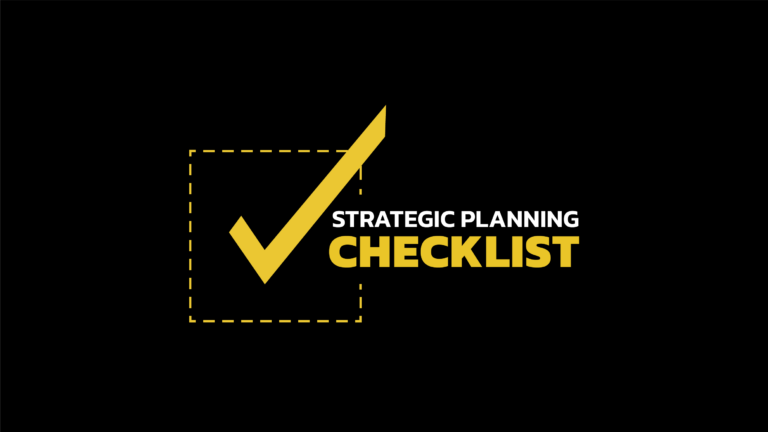Is it Time to Fire a Customer?
Fire a customer? That’s crazy! Any customer is a good customer, right? Nope, not if that customer is holding you back from achieving more.
If you are in growth mode, you need to take a holistic approach to achieve your goals. Don’t overlook reviewing your customer base to see if you have a mutually beneficial relationship with all of them.
Reasons to Fire a Customer
- Special Treatment: Customers who consistently expect special pricing, discounts, or extra services.
- Disruptive: Customers who are frequently changing things that require extra time, effort, and resources.
- Unreasonable: Customers with unrealistic expectations, constant last-minute changes, or frequent complaints.
- Mismatched Goals: Not having similar business goals. Examples: growth mode vs downsizing, quality focused vs price sensitive, small batch vs quantity, and types of industries served.
Identifying Customers to Fire
Obviously you can’t fire every customer who wants special treatment, changes things, or complains – most businesses wouldn’t have any customers left! Jokes aside, here are a few ways to evaluate your customer base to see if you should think about amicably parting ways:
- Financial Checkup: Do a quarterly review of every customer’s profitability by looking at things like job margins, payment history, and the amount of resources that are dedicated to their jobs. If they have a low margin product that takes up a lot of resources, or quantities have been dropping, it might be time to part ways so you can take on more profitable jobs.
- Pain Quotient: Don’t underestimate the damage a difficult customer can do to the morale of your team. If a customer is all over the place and is changing specs, due dates, or other things that cause disruptions, it is time to take a cold hard look at whether their jobs are worth it. Staying on schedule is hard enough. Delays and disruptions cost you money.
- Payment Problems: Customers who frequently pay late or ask for different terms should raise a red flag. They probably have cash flow problems which they can pass onto you depending on how big of a customer they are. Ask your Accounts Receivable people who they have to call all the time about payment.
- Future Plans: If you are in growth mode and some of your customers are shrinking, or winding down their business, it might be time to part ways. Similarly, if you are focusing on serving certain industries and a few existing customers are outliers, it might make sense to evaluate that relationship. Note – Try to stay diversified enough to weather significant downturns in any specific industry if you can.
How to Fire a Customer
Once you’ve identified a customer that might be holding you back from achieving your business goals, it’s important to handle the “break up” professionally. Here are five tips to help you:
- Review Contracts: Before you even say anything to the customer, review any existing contracts or agreements with that customer and make sure you adhere to any termination clauses or notice periods.
- Communicate Clearly: Arrange a meeting with the customer, in person is best, to discuss your concerns openly and honestly. Share specific examples of the issues you’ve encountered. If you can share data that supports your reasoning, that’s great. It has to be about the business, not about the person.
- Offer Alternatives: If you can, offer them alternative solutions, including referring them to another shop that might be a better fit for their needs. Maybe a smaller shop or someone just starting out.
- Transition Smoothly: Set up a plan on how to work together to ensure a smooth transition for any ongoing projects. This might involve transferring files or providing documentation on the work you have done for them to date. Or meeting with the new vendor to talk through the job. Be as helpful as you can.
- Be Respectful: Throughout the process, maintain professionalism and avoid confrontation or personal attacks. Even if part of the reason is a personality clash, focus only on the business impact.
“You have to be willing to get rid of some customers or at least have a hard conversation to say, ‘I can’t keep doing it this way’.”
—Jack Russell, President, ROLAR Products on the Manufacturing Mavericks Podcast
Give it a Try!
While it may feel weird to “fire” a customer, it might be the best decision for your facility’s long-term prosperity. If growth is a priority, reviewing your customer mix is another way to help achieve your goals.






